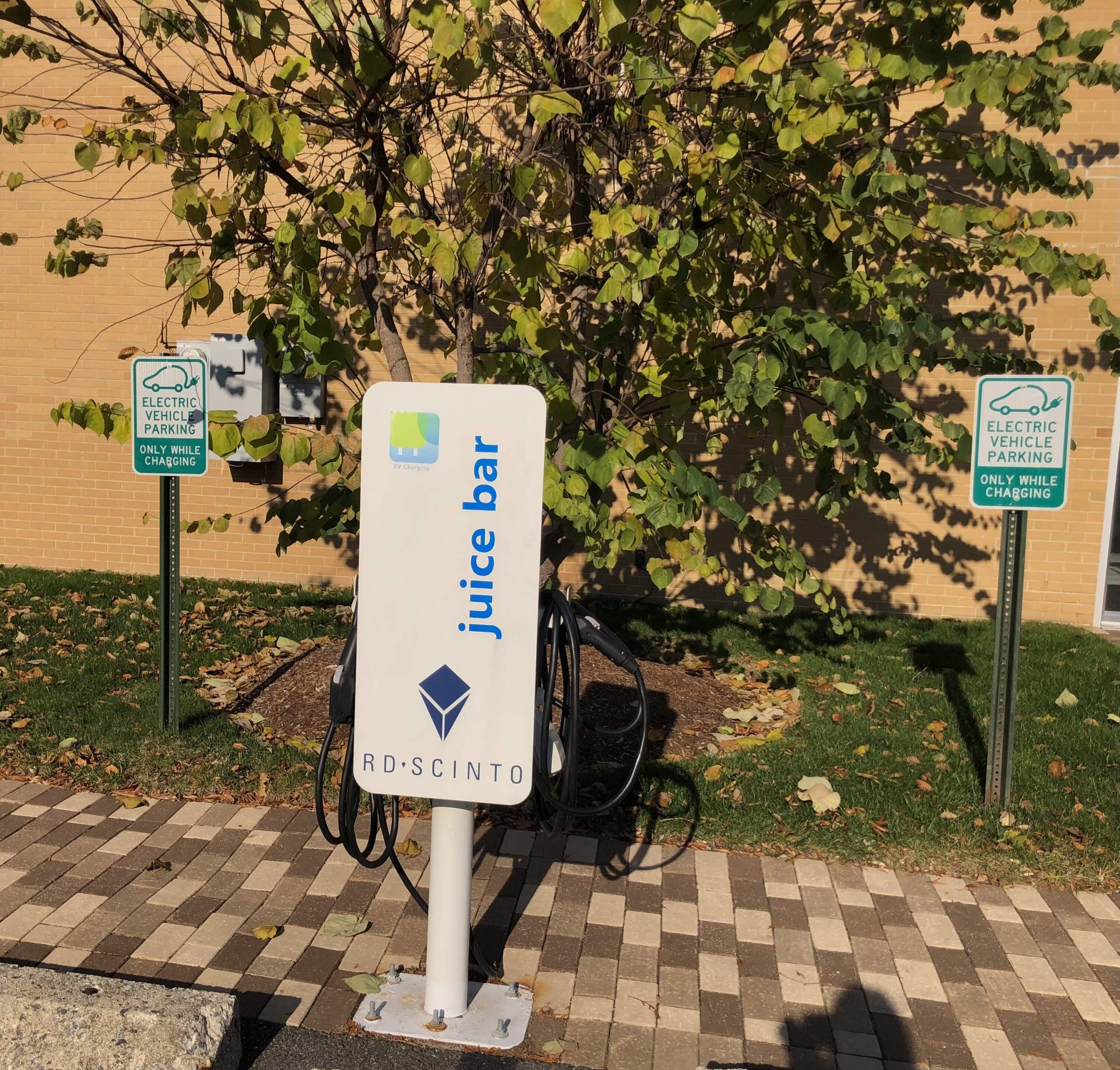Post by Barry Kresch
MUD
It stands for multi-unit dwellings. According to the Public Utilities Regulatory Authority (PURA) adjudication, about 10% of Connecticut residents call this type of dwelling home. These are mostly in the cities, which have the worst air quality and the worst access to charging, but also an opportunity for clustered charging installations (EVSE) to drive efficient utilization.
The program outlined here is for level 2 chargers. The definition of an MUD is a building with a minimum of 5 units. (There is a different set of rules for buildings with 2-4 units.)
Make Ready
One of the big challenges is to get the necessary power to the charging station and this is addressed by what is known as “make ready.” Make ready is subsidized at up to 100% and it involves bringing power from the source to the “pad,” meaning where the EVSE is being installed. Even if a MUD starts small in terms of the number of chargers installed, it would be wise in the case of the make ready to plan for future demand since bringing power to a location is a non-trivial exercise. The adjudication recommends that the utilities (EDCs) talk this through with the site hosts to determine how much power should be put in place.
EVSE Subsidies
There is also a subsidy of up to 50% for the EVSE hardware itself. There is a minimum requirement of 2 ports (plugs).
Site Cap
A cap of $20,000 is placed on the incentives for a particular site (make ready plus EVSE), unless the site is in a distressed area, in which case it doubles to $40,000.
EVSE Leasing Option
Since buying numerous EVSE, even with a subsidy, can represent a substantial capital cost, there is will also be a forthcoming leasing option. The EDC would be the owner and a monthly fee would be paid for the equipment. There will be buyout rights. The EDCs have a deadline of May 1, 2022 to submit their proposals to PURA with a planned implementation date of July 1, 2022.
PURA has concerns about this arrangement crowding out the private marketplace and so it will be revisited and evaluated after the first program cycle.
Managed Charging and Charging Costs
Enrollment in a managed charging program will also be required of this class of customer. However, the initial proposal by the EDCs was not accepted by PURA. The EDCs have until May 1 to submit a revised proposal with implementation no later than January 1, 2023. Something that is expected that differs from the single family residential is that the incentive will take the form of a baseline incentive with the ability to craft a customized program with the EDC, dependent upon certain conditions
There is the thorny question about how costs are passed along to drivers. Is that the domain of the EDC or the site owner? Does there need to be sub-metering? How best to address the “split-incentive” arising between landlords and tenants? A final resolution has not been decided upon and a more complete plan will be developed over the coming year. It is PURA’s preference to avoid sub-metering and direct billing of drivers.
Demand Charges
These are classified as commercial incentives. And commercial accounts are subject to demand charges. There is a plan for demand charge mitigation, but the details of this are yet to be finalized. There is a stop-gap plan in force. This is also something to make sure to discuss with the EDC.
As noted in the prior blog post about single family residential charging incentives, we have scheduled a Zoom meeting on January 25th with spokespersons from both PURA and the UI. Bring your questions!
Important Note: The above-described incentives are part of the commercial incentives. These apply to condos with a minimum of 5 units. Buildings with fewer units are treated as residential.
The application portal is expected to be ready by the end of Q1 2022.


The devil is in the details. I live in a 129 resident unit condo. Most are 1, 2, 3 unit buildings. But our garages are also legally units, with 3 to 6 stalls in each.
Does it apply to all, some, none of our garages?
As an EV owner, this may or may not benefit me. It will clearly benefit installers and those selling high-end chargers.
This is a good question. When it comes to condos and apartments, there is much more complexity than with single family. It seems to me that the biggest question is how you would deal with the make ready in this circumstance. I am compiling questions that come to me and will forward them to the utility prior to the Zoom on the 25th so they can be addressed. With respect to your final comment, the sellers/installers only benefit if you want the charger and the incentive works for you. Sometimes there will be questions, and this may be one of them, that don’t have a ready answer. The program has built in multiple points for review. PURA is receptive to making changes that are warranted.